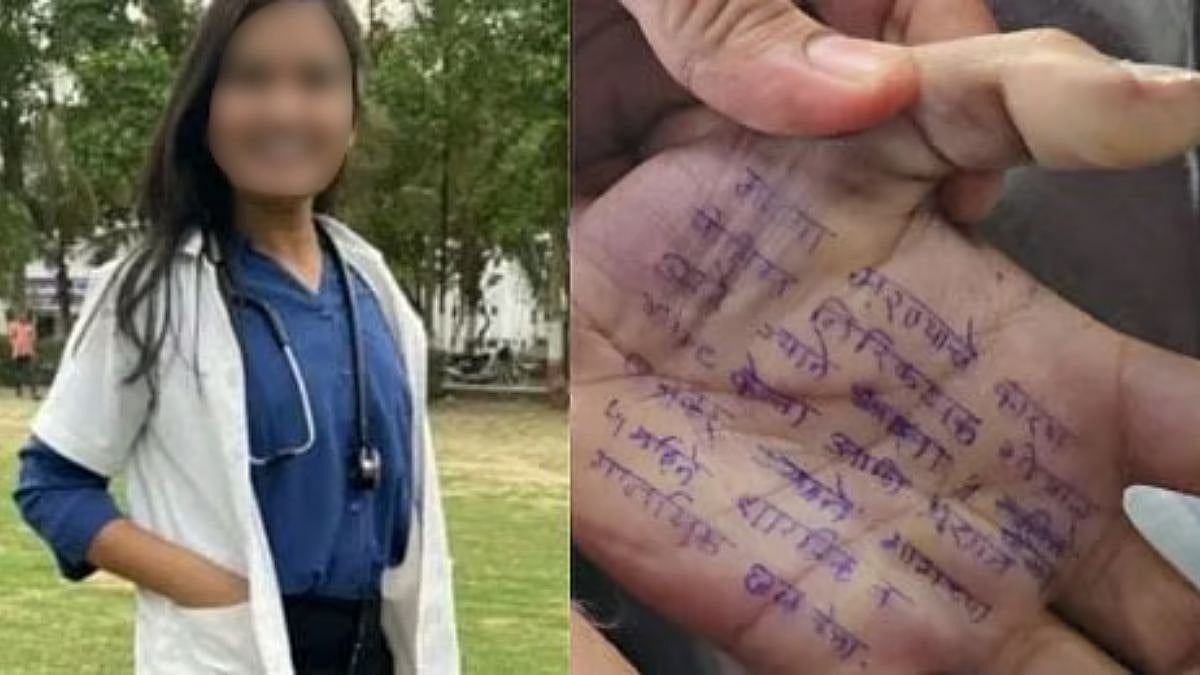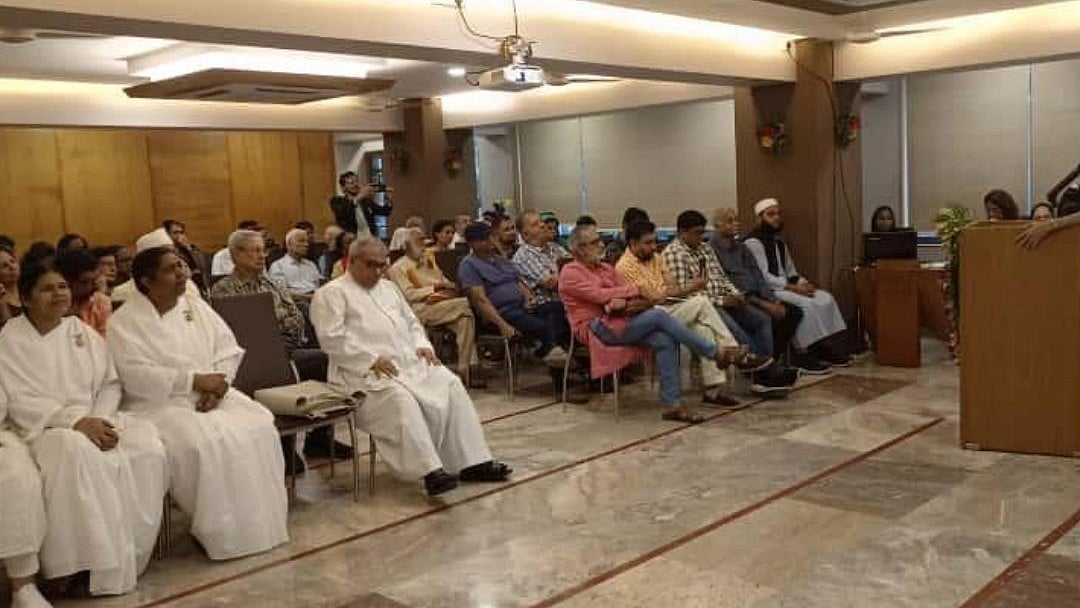Navi Mumbai: The persisting water supply issue continues to trouble residents of Navi Mumbai, as more than 100 residents of Turbhe organized a flash Handa March on Friday to protest against the prolonged inadequate water supply in the area.
Mahesh Kotiwale, Shiv Sena (UBT) sub-city chief, stated, "Due to the irregular supply of drinking water to Indira Nagar for the past 2 years, citizens have been facing numerous problems." He further noted that despite sufficient rainfall and an adequate water level in Morbe Dam, the issues persist.

Flash Handa March in the Turbhe ward
Driven to frustration by the ongoing problem, the residents conducted a flash Handa March in the Turbhe ward, demanding an additional supply of common water.
Dhande Saheb, assistant commissioner of Turbhe ward, along with water supply officials, assured the residents that stand post taps would be operational within the next eight days to ensure consistent water supply.
A similar concern arose in Nerul ward, where former corporator Surja Patil handed an empty earthen pot to a civic official as a symbolic protest. He alleged that water from Morbe Dam was being diverted to Kharghar and Kamothe. "The primary right to water from Morbe Dam belongs to citizens living within the Navi Mumbai Municipal Corporation (NMMC) area," he asserted.
Some residents also claimed that the civic body lacked adequate water from other sources. NMMC provides 10 MLA water to the CIDCO-administered area and sources water from MIDC for the Digha ward.
"While the civic body asserts that it is working towards providing round-the-clock water supply, it has struggled to maintain its current supply," Patil remarked. Senior civic officials from the engineering department, however, have assured that they will address the issue.
Meanwhile, following substantial rainfall in July, the catchment area of Morbe Dam has received limited rainfall in August. Over the past 15 days, it has recorded only 141 mm of rainfall. The dam is currently at 93% capacity, and approximately 500 mm of rainfall is required to trigger overflow. To avert the possibility of water shortages next year, the dam needs to receive more than 3000 mm of rainfall.





